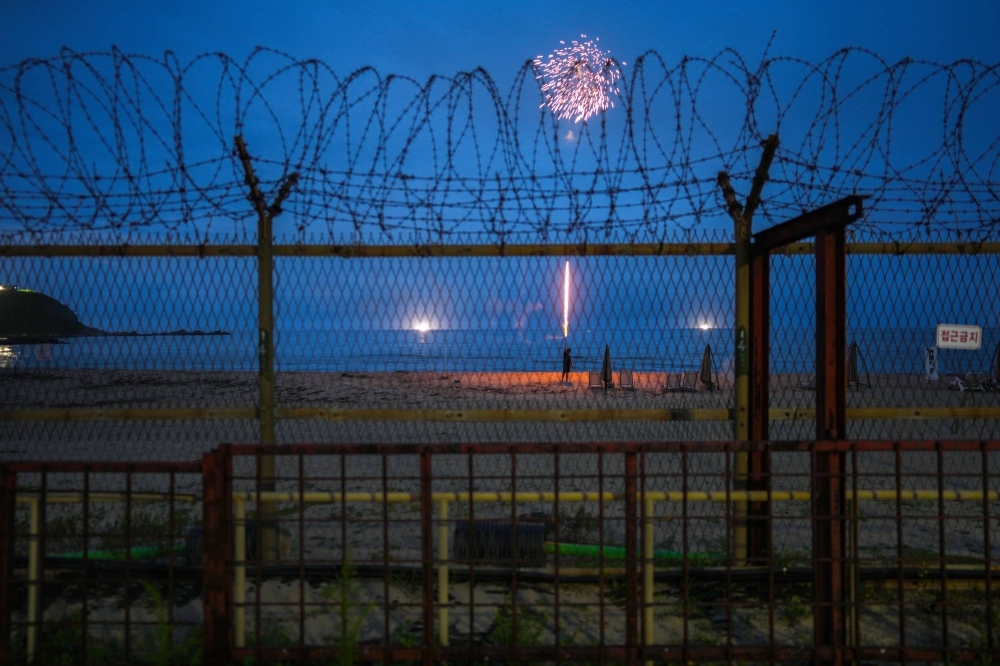Seen from the sky, the Demilitarized Zone, or DMZ, looks like a gigantic geographical wound across the Korean Peninsula, the continuous wire fences snaking up the hills and down the valleys from coast to coast.
It was created 70 years ago on Thursday, when an armistice was signed by the U.S.-led United Nations Command and the North Korean and Chinese militaries at the "truce village” of Panmunjom, putting an end to the fighting, but not the Korean War itself.
The DMZ was meant to be a temporary buffer zone, dividing a warring nation. Instead, it has hardened into the world’s most heavily armed frontier, embodying not only an unfinished military confrontation but also what little hope remains for peace and reunification between the two Koreas.



